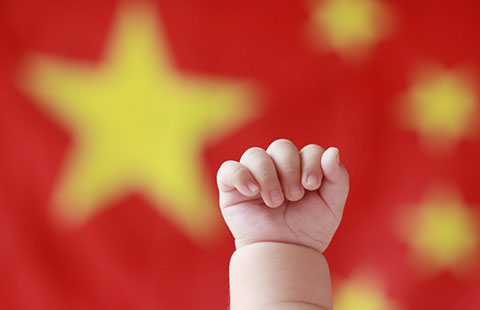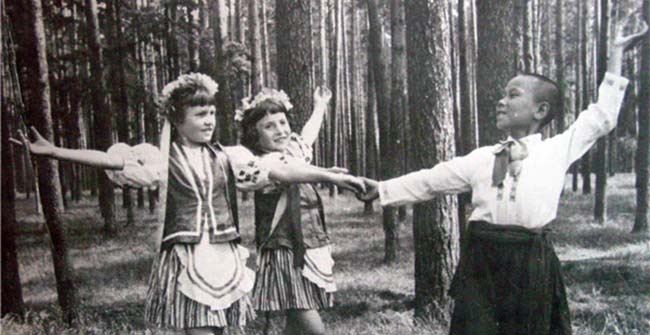System needed to help 'left-behind girls'
By Luo Wangshu (chinadaily.com.cn) Updated: 2015-10-16 14:35Lu encourages paying special attention to the living conditions of left-behind girls, intensifying efforts on some aspects such as strengthening the legal guardianship and supervision systems, establishing the care and assistance system of left-behind girls, improving the rural left-behind girls' education protection systems, and increasing rural public library, cultural clubs, sports and other public facilities constructions.
Lu delivered a speech at the International Forum on Women about left-behind girls in Beijing on Wednesday.
The forum, jointly founded by the China Soong Ching Ling Foundation and the United Nations Development Programme, gathers more than 100 women leaders in various fields to discuss women's development globally.
International organizations have also made efforts in helping China's left-behind girls. Some fund girls directly, and some help them by assisting their mothers and families.
To encourage women from the Yi ethnic group in Yunnan province to stay at home, taking care of children rather than going out as migrant workers, the United Nations Development Programme conducted a project to open an international market for women from the Yi ethnic group to sell weavings.
"We are not specifically tackling China's left-behind girls at present. However, our livelihood projects in rural areas do alleviate this issue to a certain extent as income growth and improved job prospects created by our work have incentivized migrant workers to return home and reunite with their left-behind children," said Gu Qing, leader of the Poverty, Equity and Governance team of the program in China.
Women from the Yi ethnic group in Yunnan province have fine weaving skills, but as an inland region with inferior economic status, people there do not know how to take advantage of their skills, especially women.
"The program aims to help women from ethnic minority groups use their traditional skills and crafts to improve their livelihoods and socio-economic status while preserving their cultural identity," she said, adding that the assistance includes providing training to improve business management and entrepreneurial skills, and supporting the creation of microloan schemes to finance business expansion.
"The objective is that the women we work with will be able to bring their products — including embroidery, handicrafts and clothes — to new, larger markets, bringing in increased revenue and new business opportunities," Gu said.
"This higher income can improve livelihoods and the status of women in the community and family."
"Women can gain decent income by weaving and selling the products at home. Instead of being migrant workers in big cities, they can take care of the family and children simultaneously," she said.
The increased employment opportunities gradually attracted migrant workers to return to their hometowns, enabling 464 female ethnic minority migrant workers to reunite with 382 left-behind children.
Other nonprofit organizations including United Nations Women also launched programs to help left-behind girls.
- School with left-behind children warms the heart
- Left-behind seniors long for family reunion
- Journalist Deng's initiative to help left-behind kids
- What we really need to do for left-behind children
- Helping to feed 'left-behind children'
- Goodbyes and tears as left-behind children head home
- Help sought for left-behind children
- Volunteers care for 'left-behind' kids
- China 'will never recklessly resort to the use of force'
- New rail network set to boost 'cluster'
- Domestic hit 'Goodbye Mr. Loser' rules China's box office
- Child prodigy, with IQ of 146, stirs debate on how to teach him
- 14,528 Chinese pilgrims performed Hajj this year
- Former China work safety regulator expelled from Party
- 'Black banks' targeted in latest anti-graft crackdown
- Early harvest seen for Belt and Road
- Air cleaning effort pays off
- Govt to spend $22b on bringing 98% rural areas online by 2020







